After recently shaking off the tedium of a bad back that I’ve suffered virtually right through the winter, I took advantage of a few free hours yesterday to have a walk around the Tifft urban nature preserve.

Canada Goose in flight
When I arrived, at 8:00am, the temperature was just 18F (minus 8 Celsius) and there were no other cars in the parking lot. On the small patches of open water, at Lake Kirsty, adjacent to the preserve offices, were four Herring Gulls, a solitary male Red-breasted Merganser, a pair of Hooded Mergansers and a dozen Canada Geese.

Black-capped Chickadee foraging
Anyway, wrapped up like the Michelin man, I set off through the woods on my way to the South Viewing Blind (hide) to look at a frozen lake!
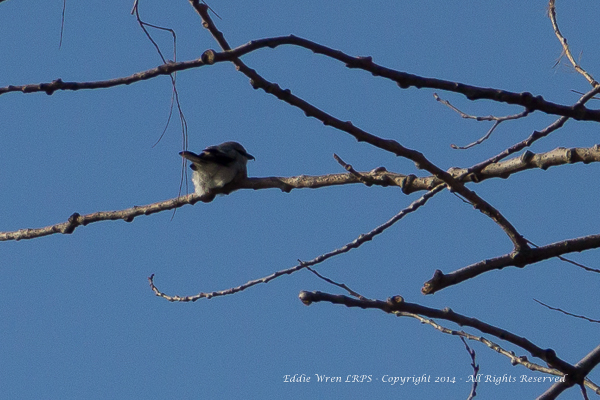
Northern Shrike (first year bird). The hooked upper mandible is an unmistakable clue to identity.
On the way there, I came across a few resting White-tailed Deer and stalked them carefully so I could get some shots of them lying down.

Downy Woodpecker (female)
At the south blind there were only a couple of Canada Geese walking around on the ice and yelling at my intrusion, plus a few Black-capped Chickadees feasting on sunflower seeds that someone had left on the hand-rail (something Tifft staff ask people not to do).
It was while I was watching the chickadees, however, that I saw one of the day’s two gems. A first-year Northern Shrike (Lanius excubitor) settled in a tree above me — its youthfulness given away by some mottled coloration on its breast and belly. The sharply hooked upper beak — very like some hawks and eagles — gives this genus of fairly small birds away in an instant but, as its name says, this is the northern species. Its cousin, the Loggerhead Shrike (L. ludovicianus), spends its winters in the southern states. After identifying the bird, through my binoculars, I only had time for one distant ‘identification’ shot with my camera before it flew off, so while there’s a photograph of it in this post, it certainly isn’t a masterpiece! {:-)
For the British people who read this blog, you may have noticed that the scientific name of the Northern Shrike is the same as that for the Great Grey Shrike that is found in Europe — in other words, it’s the same species. Europe’s other shrike, the Red-backed (L. collurio) isn’t found in North America.
As my walk continued, I saw several other species of birds — all ones that could be expected here in late March.

Coyote crossing frozen lake
At the other main blind, however — unsurprisingly called the North Blind — I was delighted to see a Coyote (Canis latrans) appear from behind the actual blind and walk away, over the ice on the lake, to the cat-tail bed on the far shore. Again, I was rather distant but I was certainly able to get a few pleasing photos. Coyotes certainly aren’t rare, they’re actually widespread, but getting to see one in broad daylight in such a photogenic setting is much less common. My own question is whether or not this could have been one of the “Coywolf” hybrids that have been spreading out from northern Ontario for the past few decades. Does anyone know the answer in relation to Western New York?
It annoys me intensely that I used to under-rate Tifft as a place to go. I now know it to be a very well-worthwhile preserve to visit and I do so as often as I can. It is rare that it doesn’t turn up something special.
Get further information about Tifft Nature Preserve here.
Anyone wishing to come along on any of the walks (weekly, except in winter) of the ‘Wildlife Watchers and Nature Photographers’ group, please e-mail: wwnp [AT] eddiewren [DOT] com (just replace the [AT] and the [DOT] with what they say, and leave no spaces. This is done to reduce spam to that e-mail address).
27 March 2014 — Eddie Wren

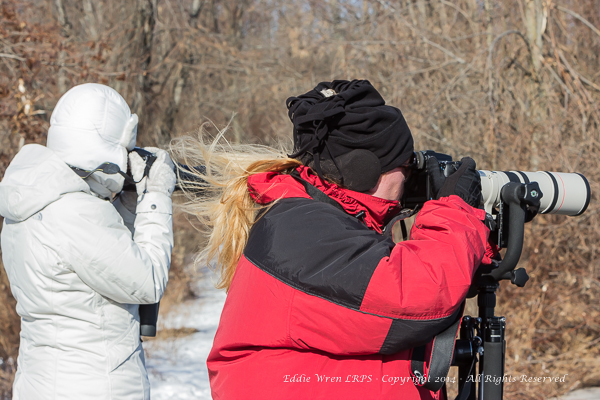


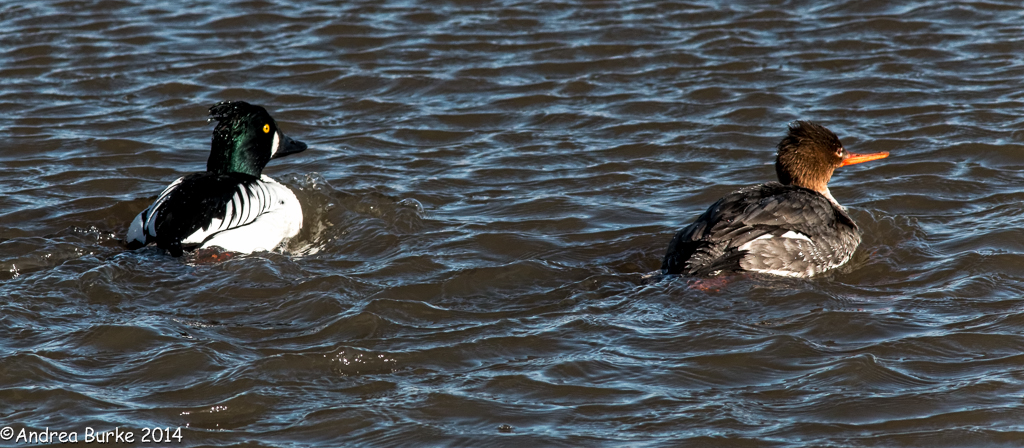










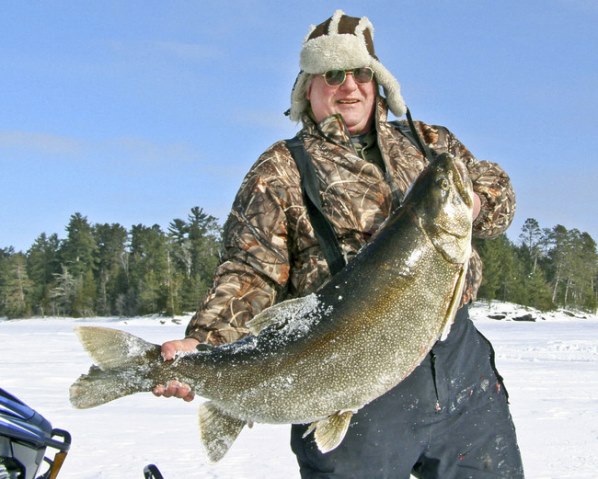



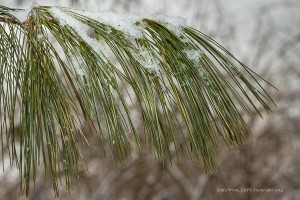
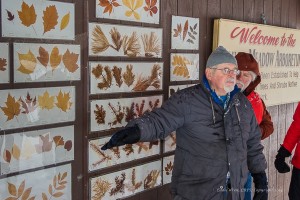
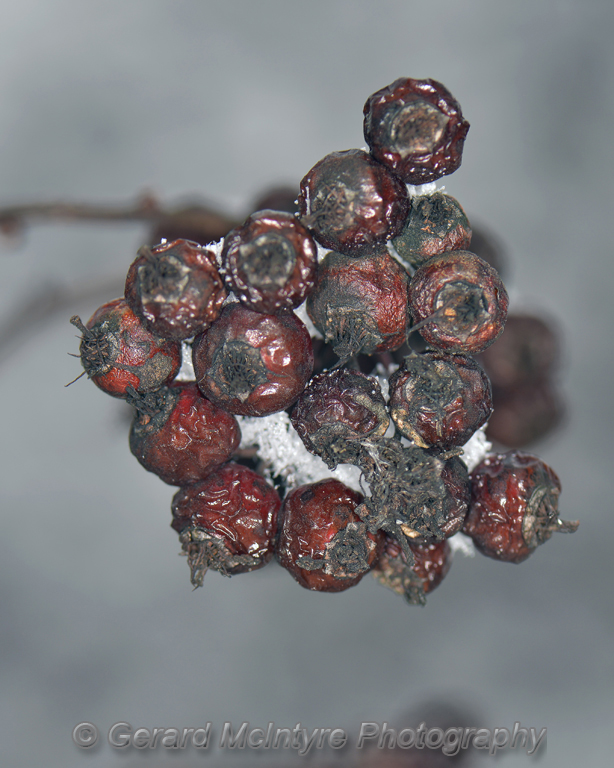

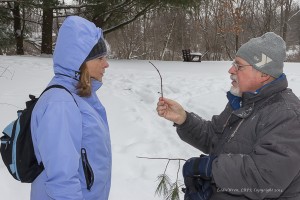
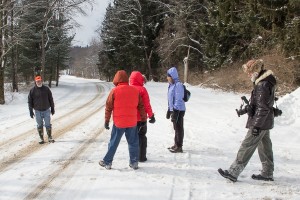 for one, will look for other opportunities to go out on John’s various guided walks because — to use a well-known phrase — he’s a man who has clearly forgotten more about trees than I will likely ever know. And just to end the walk on a high note, the sun came out and graced us with its presence on our way back to the BAS buildings.
for one, will look for other opportunities to go out on John’s various guided walks because — to use a well-known phrase — he’s a man who has clearly forgotten more about trees than I will likely ever know. And just to end the walk on a high note, the sun came out and graced us with its presence on our way back to the BAS buildings.